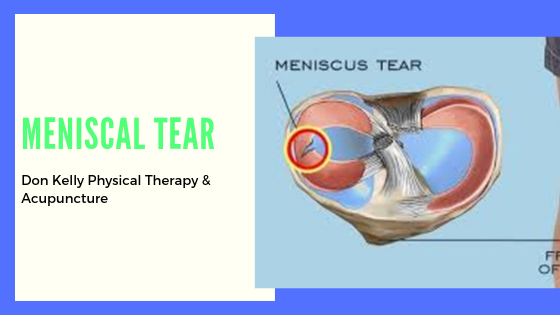Meniscal problems of the knee are relatively common. You may experience pain, clunking, locking, swelling and weakness of your knee if you have a problem with your meniscus.
Symptoms of a meniscus tear include: Pain in the knee. Swelling. A popping sensation during the injury. Difficulty bending and straightening the leg. A tendency for your knee to get “stuck” or lock up.
The knee is a hinge joint. Being the middle point of your lower limb, it is required to take some considerable forces. The menisci are 2 crescent shaped springy pads made of cartilage, that sit on the top of your shin bone, or tibia, and act as shock absorbers. Damage to your menisci can range from a very small nick, to a large tear. The impact of which can lead to difficulties moving your knee, locking, pain and/or swelling.
Once damaged, generally a meniscus is unable to heal, however an injury does not necessarily require a surgical intervention. Many people with a meniscal tear do very well using conservative treatments. Meniscal damage can occur with repetitive use over time such as in those who run or hike a lot, or use their knees regularly in their job. Sudden trauma to the knee can also cause meniscal damage. For example, twisting the knee during a sporting tackle or a fall can provoke this injury.
Rehabilitation focuses on strengthening the muscles surrounding your knee in order to off-load stresses and strains placed on your meniscus. Avoid activities that will provoke your symptoms. It may be necessary to stop some of these for a period of time while you build the strength and control in your muscles. Cycling is a good substitute for other sports as it strengthens your muscles without running the risk of twisting your knee, or placing heavy loads through it. There may be persistent swelling as a consequence of the damage. This can stiffen your knee. Place some ice, wrapped in a damp towel, on your knee for no longer than 20 minutes. It is important to check your skin regularly to ensure you do not cause an ice burn.
Try to establish other ways of performing strenuous activities. For example, instead of carrying a heavy load once, split the load up into two batches. Avoid deep squatting if this is something that irritates your symptoms. It is vital you improve the strength and control of the muscles supporting your knee. This reduces any further irritation to your meniscus, and helps to settle the symptoms you currently have. These exercises may focus on other areas of your body, including your hips, trunk and ankles. Your clinician will guide you through your appropriate strength and balance exercises at a rate appropriate to your recovery.


